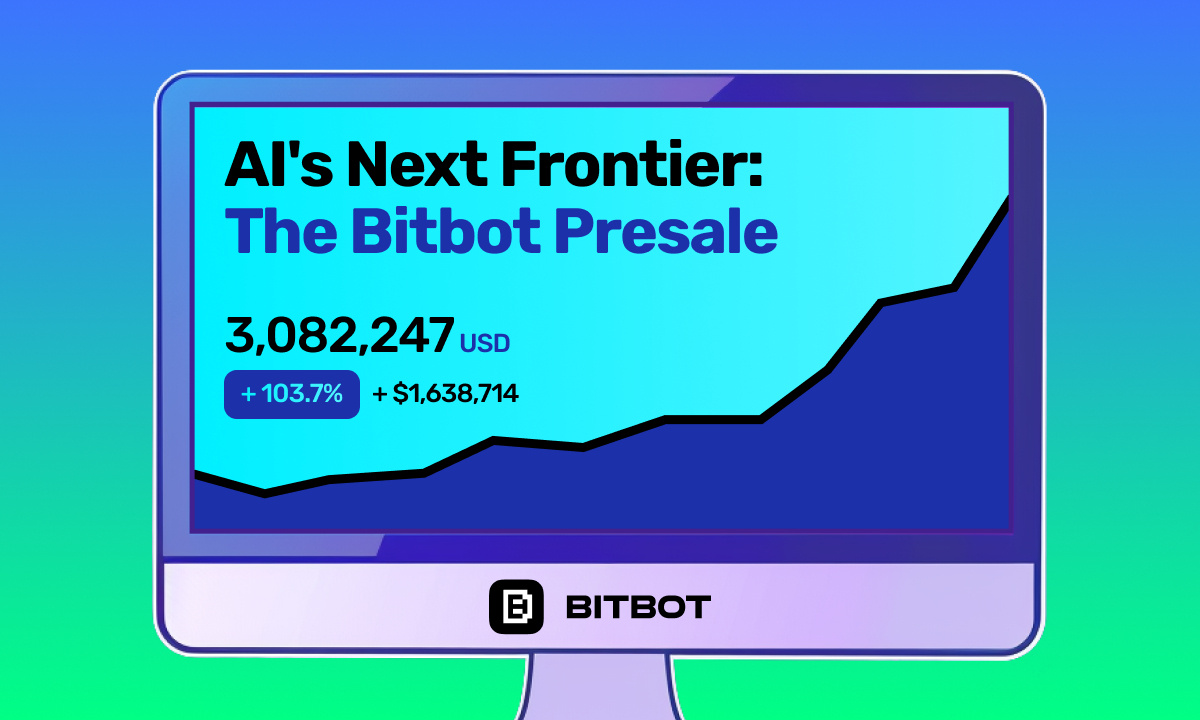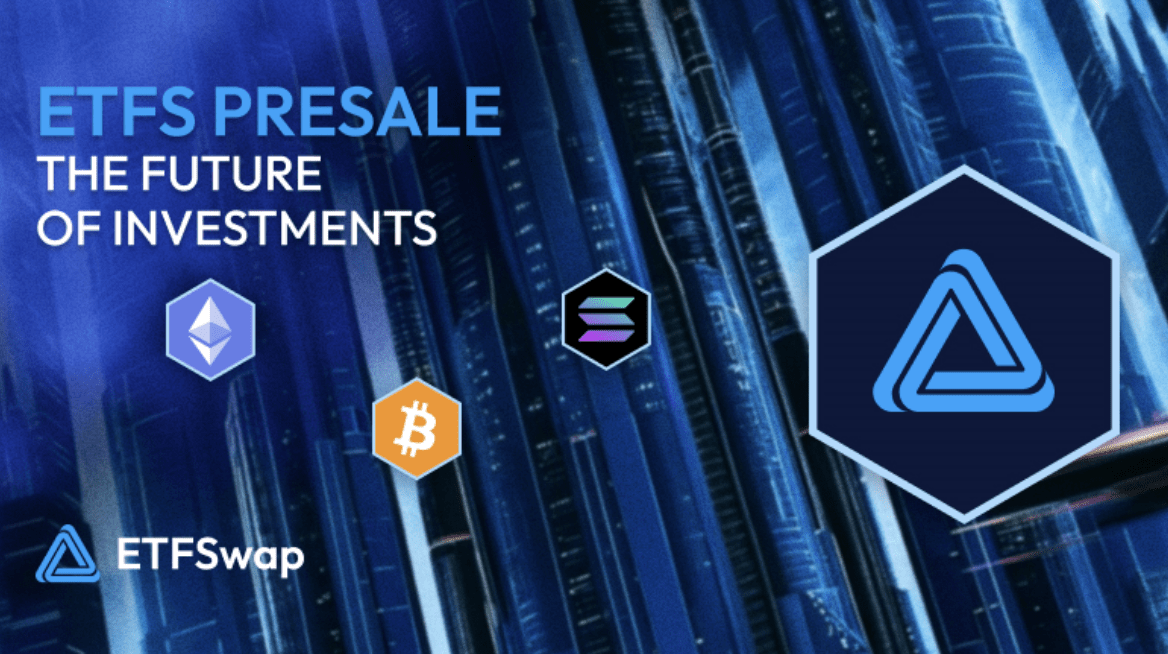
Table of Contents
- Understanding Market Making: Definition and Functions of Market Making
- Role of Market Makers in Providing Liquidity
- Mechanisms of Market Making in Crypto Exchanges
- The Influence of Market Making on Exchange Ecosystems by Enhancing Liquidity and Market Depth
- Fostering Market Stability and Reduced Volatility
- Attracting Market Participants and Promoting Growth
- Quantifying the Impact: Metrics and Indicators Trading Volume and Turnover Rates
- Market Impact and Price Slippage
- Regulatory Considerations and Compliance Challenges
- Future Trends and Implications of Technological Innovations in Market Making
- Integration with Decentralized Finance (DeFi) Protocols
- Potential Impact of Regulatory Developments on Market Making
Cryptocurrency exchanges serve as the backbone of the digital asset ecosystem, facilitating the trading of cryptocurrencies and enabling price discovery. Market making in cryptocurrency exchanges involves providing liquidity by quoting buy and sell prices for digital assets. Market makers act as intermediaries, bridging the gap between buyers and sellers and facilitating smooth trading operations.
Market making is vital for the health and vitality of crypto exchange ecosystems. Market makers ensure that there is always a market for assets, providing continuous liquidity and enhancing market depth. Their presence fosters market stability, reduces price volatility, and attracts market participants, ultimately promoting the growth and development of crypto exchange ecosystems.
Understanding Market Making: Definition and Functions of Market Making
Market making in cryptocurrency exchanges involves continuously providing liquidity by quoting both buy and sell prices for digital assets. Market makers play a crucial role in maintaining orderly markets by ensuring that there are always willing buyers and sellers for assets. They accomplish this by continuously updating bid and ask prices based on market conditions, order book dynamics, and trading activity.
Role of Market Makers in Providing Liquidity
Market makers are essential for providing liquidity within crypto exchanges, as they ensure that assets can be bought or sold quickly and at fair prices. By continuously quoting bid and ask prices, market makers create a competitive trading environment that attracts market participants and encourages trading volume.
Mechanisms of Market Making in Crypto Exchanges
Market makers employ various mechanisms to provide liquidity within crypto exchanges. They continuously update bid and ask prices based on market conditions, order book dynamics, and trading volumes. Market makers may also utilize algorithmic trading strategies, high-frequency trading techniques, and automated market maker (AMM) mechanisms to optimize liquidity provision and improve order execution efficiency. Additionally, market makers monitor market sentiment, news events, and other external factors to adjust their pricing strategies and manage risk effectively.
The Influence of Market Making on Exchange Ecosystems by Enhancing Liquidity and Market Depth
By providing continuous bid and ask prices, market makers ensure that there is always a market for assets, enabling traders to execute orders promptly and efficiently. The presence of active market makers reduces bid-ask spreads, increases trading volume, and attracts liquidity to the exchange. This enhanced liquidity and market depth improves participants’ overall trading experience and contributes to exchange ecosystems’ vibrancy and competitiveness.
Fostering Market Stability and Reduced Volatility
Market stability and reduced volatility are essential for attracting institutional investors, increasing market participation, and fostering long-term growth within exchange ecosystems.
By absorbing order flow and adjusting prices in response to market conditions, market makers help prevent large price swings and mitigate the impact of market imbalances.
Attracting Market Participants and Promoting Growth
Traders are more likely to engage in trading activities on exchanges with robust liquidity and tight spreads, as they can execute orders more efficiently and at better prices. Additionally, institutional investors and market makers are more inclined to participate in exchanges with vibrant trading ecosystems, as they offer opportunities for liquidity provision, arbitrage, and market making.
Quantifying the Impact: Metrics and Indicators Trading Volume and Turnover Rates
Trading volume and turnover rates are critical metrics used to quantify the impact of market making on exchange ecosystems. Trading volume represents the total number of assets traded within a specific period, while turnover rates measure the frequency with which assets are bought and sold. High trading volume and turnover rates indicate robust liquidity and market activity, reflecting the effectiveness of market making in attracting trading volume and facilitating order execution within exchanges.
Market Impact and Price Slippage
Market impact measures the extent to which executing large orders affects the price of an asset. High market impact indicates low liquidity and a higher risk of price slippage, where the executed price deviates from the expected price. Price slippage refers to the difference between the expected price of an order and the actual price at which it is executed. Market makers help mitigate market impact and price slippage by providing continuous liquidity, absorbing order flow, and improving overall market efficiency.
Regulatory Considerations and Compliance Challenges
Market makers must adhere to regulatory standards related to licensing, anti-money laundering (AML) regulations, know-your-customer (KYC) procedures, and market manipulation prevention. Market makers must stay informed about regulatory developments and work closely with legal and compliance teams to ensure compliance with applicable laws and regulations.
Future Trends and Implications of Technological Innovations in Market Making
Market makers will continue to leverage advanced technologies such as artificial intelligence (AI), machine learning (ML), and blockchain to enhance trading strategies, optimize order execution, and improve risk management practices. AI and ML technologies enable market makers to analyze vast amounts of data, identify trading opportunities, and execute trades quickly and precisely. Blockchain technology also offers new opportunities for market makers to innovate and expand their market-making activities in decentralized trading environments.
Integration with Decentralized Finance (DeFi) Protocols
By integrating with DeFi protocols, market makers can access new liquidity sources, participate in innovative trading strategies, and contribute to the growth of decentralized financial ecosystems. However, integrating market making with DeFi also presents challenges related to regulatory compliance, technological interoperability, and market infrastructure development.
Also Read: Top 8 Best Crypto Exchanges For 2024
Potential Impact of Regulatory Developments on Market Making
Increased regulatory scrutiny and enforcement actions may impose stricter compliance requirements on market makers, leading to higher operational costs and increased barriers to entry. Clear and favorable regulatory frameworks, on the other hand, can provide market makers with greater certainty and confidence, fostering market integrity and attracting institutional capital. Market participants must closely monitor regulatory developments and engage with regulators to shape policies that support innovation, market transparency, and investor protection.
In conclusion, the impact of market making on crypto exchange ecosystems is profound and multifaceted, encompassing enhanced liquidity, market stability, and technological innovation. Market makers are crucial in providing continuous liquidity, narrowing bid-ask spreads, and fostering market development within exchange ecosystems. Their presence attracts market participants, increases trading activity, and contributes to crypto exchanges’ overall vibrancy and competitiveness.
Experts believe that Market makers such as Yellow Capital, GSR, and Zerocap will continue to play a vital role in shaping the future of crypto exchange ecosystems. Technological innovations such as AI, ML, and blockchain will drive advancements in market-making strategies, optimizing liquidity provision and order execution efficiency. Integrating market making with DeFi protocols presents new opportunities for liquidity provision and market participation, albeit with regulatory and technological challenges. Regulatory developments will also influence the future of market making, shaping compliance requirements and market structure.
Ultimately, market makers must adapt to evolving market dynamics, regulatory requirements, and technological advancements to remain competitive and contribute to the growth and development of crypto exchange ecosystems. By embracing innovation, fostering market integrity, and prioritizing compliance, market makers can continue to play a vital role in shaping the future of digital asset markets and driving sustainable ecosystem growth.
Disclaimer: This article is provided for informational purposes only. It is not offered or intended to be used as legal, tax, investment, financial, or other advice.
Read on The Crypto Times Investment Disclaimer






